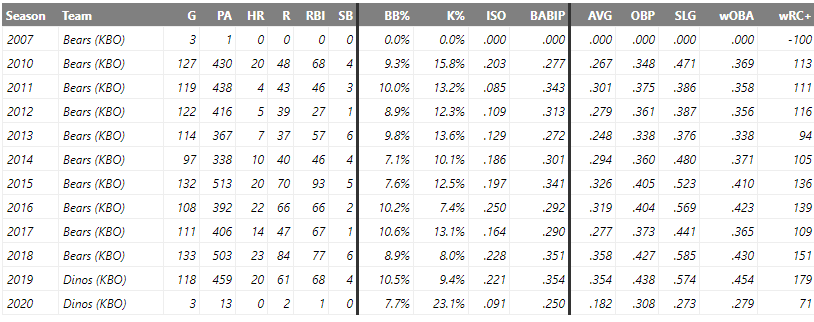The Bridegroom Who Never Came
Back in January, before all of this happened, I found myself wondering about baseball players who had simply disappeared. Players often fade from our memory, but thanks to the archival work of organizations like SABR and the Hall of Fame, and websites like Baseball-Reference and Retrosheet, rarely are they ever lost entirely. Baseball is comfortingly recurrent, comfortably concrete — to have a player go missing, their status unknown, struck me as likely to be a uniquely destabilizing and impactful event.
Of course, a lot of things have changed since January. We now find ourselves in a situation wherein Major League Baseball itself is suspended in a state of uncertainty, and many minor league teams are unsure whether they’ll continue to exist next year at all. I abandoned my search for the missing of baseball history in the face of the Astros cheating scandal, which at that point seemed much more pressing; now, when baseball is missing and we are missing baseball, it seems like the right time to pick it back up.
Many of the stories that I found were comedies; some were tragedies. Some were political, some were trivial, and some were, ostensibly, romantic. All of them, I think, are worth exploring. Without baseball games to attend, now seems as good a time as any to reflect on our relationship with the sport, its stories, and the people who play it.
The story that follows is the earliest that I found, coming from late 1892 in St. Joseph, Missouri, the town that was once the jumping-off point for the Wild West, and that has hosted professional baseball since 1886. Read the rest of this entry »




